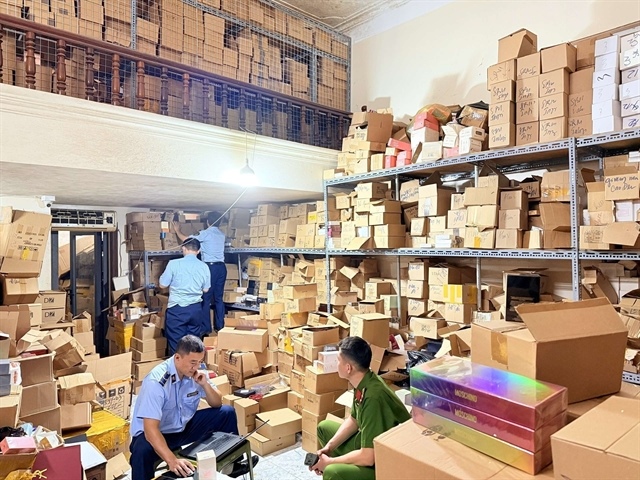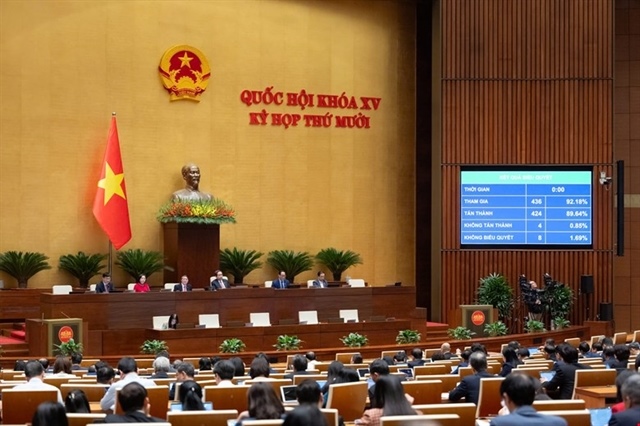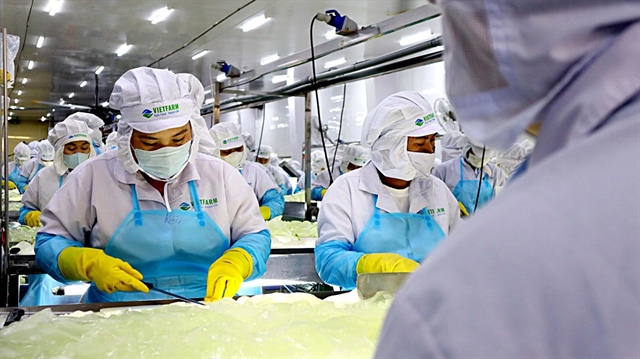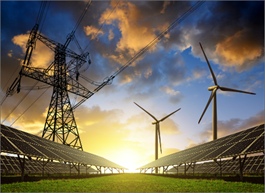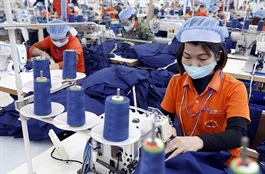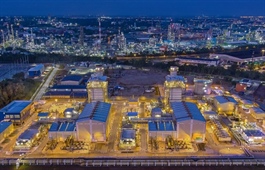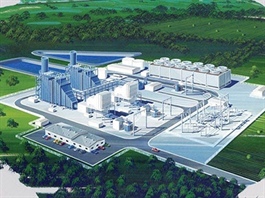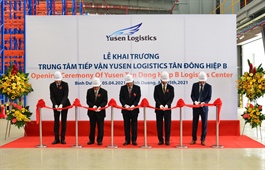It won't take much for Vietnam to develop nuclear power
It won't take much for Vietnam to develop nuclear power
All it will take is VND1 million ($43) per person per year for Vietnam to get its entire power supply from nuclear plants.

Sebastien Eskenazi
|
Lately there has been a few articles about how Vietnam will feed its growing energy demand. And I usually feel sad for Vietnam when I read them because they support either coal and gas which pollute a lot or solar and windfarms which take a lot of space and need coal and gas to provide power when they don’t work anyway.
Humans using too much space is actually the first environmental threat according to the WWF. And a good example of the need for coal and gas when you have too much solar or windfarms is Germany. In contrast France produces the majority of its electricity from nuclear power and emits a lot less CO2 per megawatt.hour than Germany.
A few years ago Vietnam considered building a nuclear power plant, but pulled the plug on it, deeming it too expensive.
However, a new generation of safer and cheaper nuclear power plants is available now. These are small modular reactors. Traditional reactors are very big, which made manufacture of their parts a complex task.
Going smaller makes it easy to manufacture and, since more reactors are needed for the same power output, it helps achieve economies of scale.
All new reactors must follow the latest design safety guidelines, which were improved based on lessons learnt from Fukushima.
One such reactor is the BWRX-300 from GE-Hitachi nuclear.
It can keep operating safely for more than a week even if everything around it is destroyed.
A 300-MW plant will cost $700 million.
Let’s do some math. The peak electricity power demand last summer was a record 39GW, equivalent to the capacity of 130 reactors.
A nuclear reactor has a lifespan of 50 years. So we should build them over a span of 50 years so that when the last one is built, the first one needs to be replaced. That means roughly three reactors at a cost of $2.1 billion a year.
Divide that by 90 million people and you get $23 per person per year, or roughly VND500,000.
Of course there are extra costs such as building local factories and buying energy storage systems since nuclear systems don't handle demand variations very well, and technology transfer is not free either.
So we can safely make an estimate of 1 million dong per person per year. Of course, not everyone can afford this sum, and so it should probably be obtained through more appropriate means like income tax.
The price is for plants built in western countries, and should be cheaper if the parts are built in Vietnam. As long as Vietnamese workers can deliver the quality, that is, and this is why technology transfer to train them properly is so important.
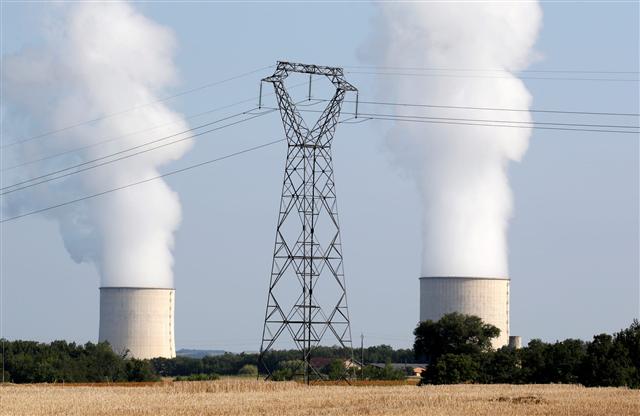
Cooling towers and high-tension electrical power lines are seen near the Golfech nuclear plant in France. Photo by Reuters.
|
Besides providing Vietnam with a carbon-free source of electricity, such a project would also enable it to build a nuclear industry, offer new training opportunities for its universities and jobs for its workers.
Finally this is not just about building the reactors: They also need to be operated, maintained and then decommissioned. This means even more work and business and training opportunities.
Of course, we should probably not buy all the reactors at once. We could split their construction into three phases: 40 reactors over 20 years, another 40 over the next 15 years and 50 in the last 15 years.
Considering the scale of the project, it will be necessary to set up factories and train people in Vietnam. That is why the first phase will be longer than the others and have fewer reactors built than the last.
Also, as energy demand grows in Vietnam, it may be necessary to build more reactors. Having three phases will allow us to add more reactors than planned in phases 2 and 3 if needed.
In the first phase, technology transfer could be about construction and operation of the plants. The second phase could be about waste management and facility decommissioning. In the final phase maybe more advanced topics such as design could be shared or there could be some sort of partnership.
Having several auction phases is also important to avoid being stuck with a single provider and to be able to benefit from future reactor improvements.
At the same time each phase should be large enough so that Vietnam can get a good financial deal.
In the end, 50 years from now, Vietnam could have its own nuclear engineering education and nuclear industry. Probably even research.
Some may say that Vietnam's reliance on coal is useful for its coal industry. The truth is that if by losing a low-skill, low-value industry, which is bound to decline, you can gain a high-value, high-skill industry with a future, it is probably a good trade.
So, who wants carbon-free, environment-friendly, reliable, and cheap electricity?
*Sébastien Eskenazi is a writer on environmental protection, a mechanical engineer and an AI scientist. The opinions expressed are his own.



